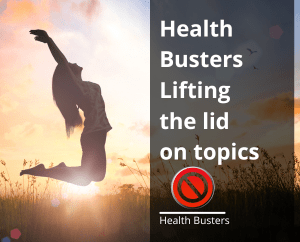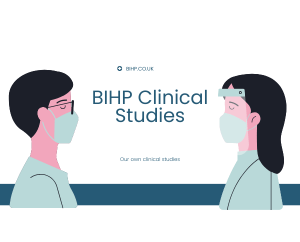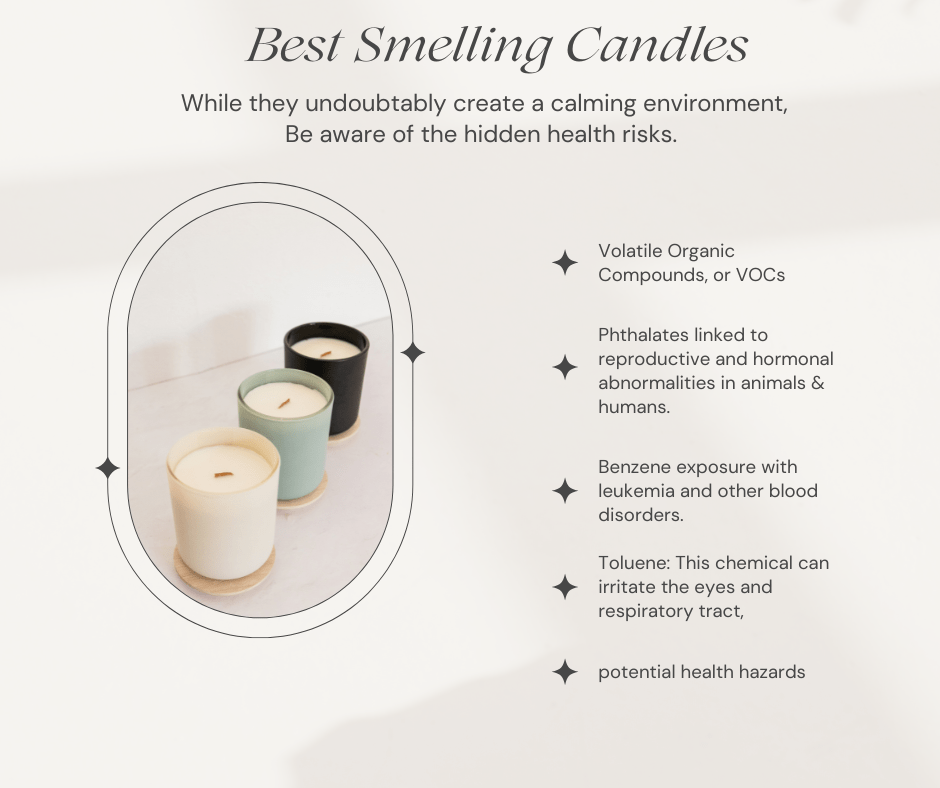
Best smelling candles and aerosol sprays fill modern homes with enchanting aromas that promise tranquillity, comfort, and luxury. Homeowners often reach for these products to transform living spaces into soothing sanctuaries.
The shocking truth about these scented candles and aerosols is how they may harm your health. However, many people remain unaware of the potential dangers lurking behind each pleasant whiff.
Manufacturers rely on clever marketing and alluring packaging to overshadow possible health risks. So, are they really the best smelling candles after all, or should you stay away from them? Read on and make your own mind up.
This exposé will strip away the glossy veneer and reveal the hidden hazards associated with scented candles and aerosols. Furthermore, it will unveil commonly used ingredients, their impact on our bodies, and healthier alternatives to maintain a safer indoor environment.
Researchers continue to connect synthetic scents with respiratory irritation, neurological issues, hormonal imbalances, and even cancer risks. Despite this, many companies refuse to shed light on these concerns, possibly to protect profit margins.
As a result, well-intentioned consumers end up using products that pollute indoor air. Scientists have found that certain rooms contain more toxins than busy city streets. Understanding what ingredients go into these products and how they might affect human health is crucial.
Read on to learn how best scented candles and aerosols affect your indoor environment, what they can do to your health, and why proper ventilation and safer alternatives matter.
By the end of this article, you will feel empowered to make informed choices about the products you bring into your home. Moreover, you will recognise that glossy ads and pretty labels do not always reveal the entire truth. Research as been done.
1. The Allure of the Best Smelling Candles & Scented Products

Most people turn to scented products for an instant burst of fragrance that can cover up odours and create a comfortable atmosphere. Best smelling candles, plug-in air fresheners, and aerosol sprays help mask unpleasant smells from cooking, pets, or musty corners.
Retailers push these best smelling candles, oils and air fresheners, knowing they hold an almost addictive appeal. Shoppers walk into a store, notice a display of colourful candles with names like “Ocean Breeze” or “Warm Vanilla Sugar,” and experience an emotional pull. This sensory attraction often overrides rational thinking about potential health effects.
Emotional Connection to Scents
Smell connects deeply with memory and emotion. Scents can evoke childhood moments, romantic evenings, or holidays spent with family. Scent marketing experts capitalise on that power by blending chemical concoctions that mimic real aromas.
Hence, people find it tempting to purchase a cosy cinnamon-scented candle during the winter or a breezy tropical spray for summertime. However, these comforting scents may contain ingredients that irritate airways or disrupt hormones.
Social Pressures and Lifestyle Trends
Advertisers portray candles and aerosols as symbols of sophistication, cleanliness, and modern living. Influencers and celebrities often showcase lavish rooms adorned with flickering wicks that emit enchanting fragrances.
Consequently, consumers absorb these messages and feel compelled to replicate these stylish looks. In many cases, people disregard the potential consequences in favour of enhancing their personal space.
2. Common Chemical Ingredients in Scented Candles and Aerosols
Understanding what goes into these products can shatter the illusion of serenity that they often convey. The cosy glow of a candle or a quick spritz of fragrance may seem harmless at first. Yet, these items can harbour toxins that linger in your home’s air.
2.1 Volatile Organic Compounds (VOCs)
VOCs evaporate easily at room temperature and release gases that can trigger headaches, throat irritation, and other adverse health effects. These compounds include benzene, toluene, and formaldehyde.
2.2 Phthalates
Phthalates help fragrances linger by acting as plasticisers or fixatives. You might not see the term “phthalates” on a label because companies occasionally disguise them under the umbrella of “fragrance” or “perfume.”
Scientists have raised alarms about phthalates because these chemicals can interfere with the endocrine system and disrupt normal hormone activity. Some studies suggest that phthalates may affect reproductive health by reducing fertility or altering fetal development.
2.3 Benzene and Toluene
Benzene and toluene rank among the most notorious chemicals released by scented candles and aerosols. Exposure to benzene can damage the bone marrow and reduce red blood cell counts, leading to anaemia. Researchers also associate prolonged benzene exposure with leukemia.
Toluene can irritate the eyes and respiratory tract and may affect the central nervous system. Workers exposed to high levels frequently report headaches, dizziness, and confusion.
3. Health Hazards Linked to Scented Candle Products
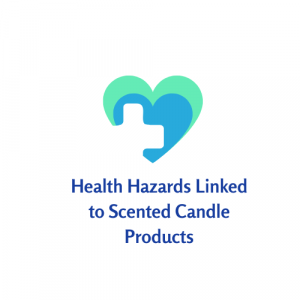
Scented candles and aerosols may seem harmless, but their ingredients can create a variety of health problems over time. Individuals with underlying respiratory issues face a higher risk. However, even healthy adults can develop reactions when exposed to airborne toxins regularly.
3.1 Respiratory Issues
People with asthma, allergies, or pre-existing lung conditions sometimes experience flare-ups when exposed to scented products. The constant inhalation of chemicals from these candles or aerosols can irritate airways and induce coughing, wheezing, or shortness of breath.
3.2 Nervous System Effects
Prolonged exposure to VOCs and other chemicals can affect the central nervous system. Some people report headaches, dizziness, or an inability to concentrate after spending time in fragranced environments.
3.3 Possible Cancer Risks
Researchers have investigated potential links between certain chemicals in fragrances and cancer. For example, benzene elevates the risk of leukemia. Formaldehyde also demonstrates carcinogenic properties and can irritate the mucous membranes.
3.4 Hormonal Disruption
Phthalates and other endocrine-disrupting chemicals can interfere with hormones, leading to reproductive health concerns and metabolic issues. Pregnant women and infants remain especially susceptible to endocrine disruptors.
4. Indoor Air Pollution and Ventilation Concerns
Indoor air pollution has become a significant public health challenge. Scented candles and aerosols contribute to this problem by releasing particles and chemicals into tightly sealed environments. Without adequate ventilation, toxins accumulate, leading to potential health risks.
5. Marketing Tactics That Mask the Dangers
Companies often portray scented candles and aerosols as luxurious or essential products. They brand them as symbols of relaxation, romance, or cleanliness while omitting cautionary language about potential health hazards.
Influencer endorsements and misleading labels like “green” or “natural” contribute to consumer misconceptions, making it essential to scrutinise ingredient lists and research brands committed to transparency.
6. Safer Alternatives and Preventative Measures
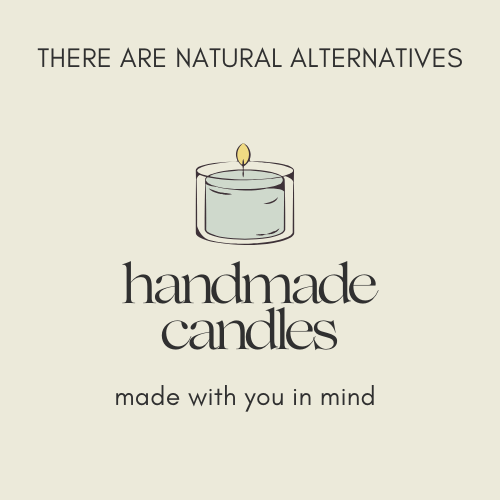
6.1 Choose Natural Candles
Opt for candles made from beeswax, soy, or coconut wax. These materials burn more cleanly than paraffin-based candles, reducing the release of harmful toxins.
6.2 Switch to Non-Aerosol Fresheners
Instead of aerosol sprays, select water-based or pump-spray solutions that contain fewer harmful chemicals. Homemade room fresheners with essential oils and baking soda offer a safer alternative.
6.3 Improve Ventilation
Proper air circulation remains vital for flushing out pollutants. Open windows, run exhaust fans, and invest in air purifiers with HEPA filters.
6.4 Conduct Regular Air Quality Checks
Testing your home for pollutants can reveal hidden dangers. If tests show high chemical levels, adjust habits or remove contamination sources.
6.5 Rely on Natural Scents
Fresh flowers, homemade potpourri, and simmering spices offer pleasant aromas without synthetic additives.
7. Conclusion
Scented candles and aerosols may enhance ambiance, but their hidden health risks demand caution. Opting for natural alternatives and improving indoor air quality can help maintain a pleasant yet safe home environment. Stay informed, make mindful choices, and prioritise your well-being.
We hope you enjoyed the information that we have found about best smelling candles, oils and aerosols revealing the things that the manufacturers hide from us all to make profit.
we hope you found this article interesting and showed how we must stay on the ball with things Here are some more posts you may find useful following this theme.

